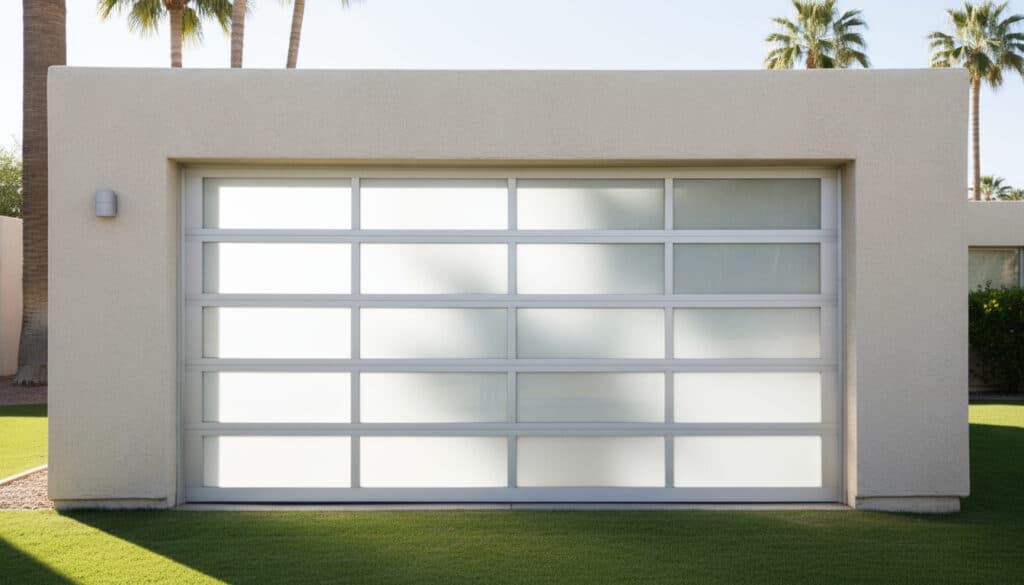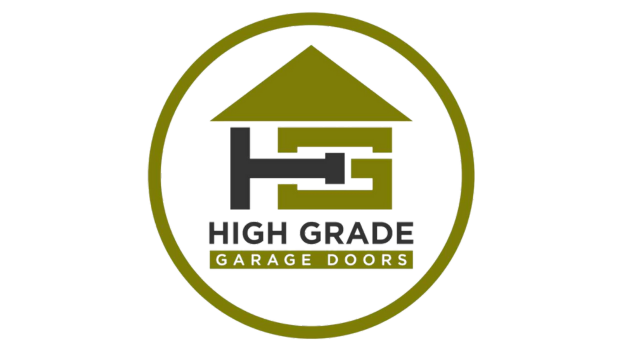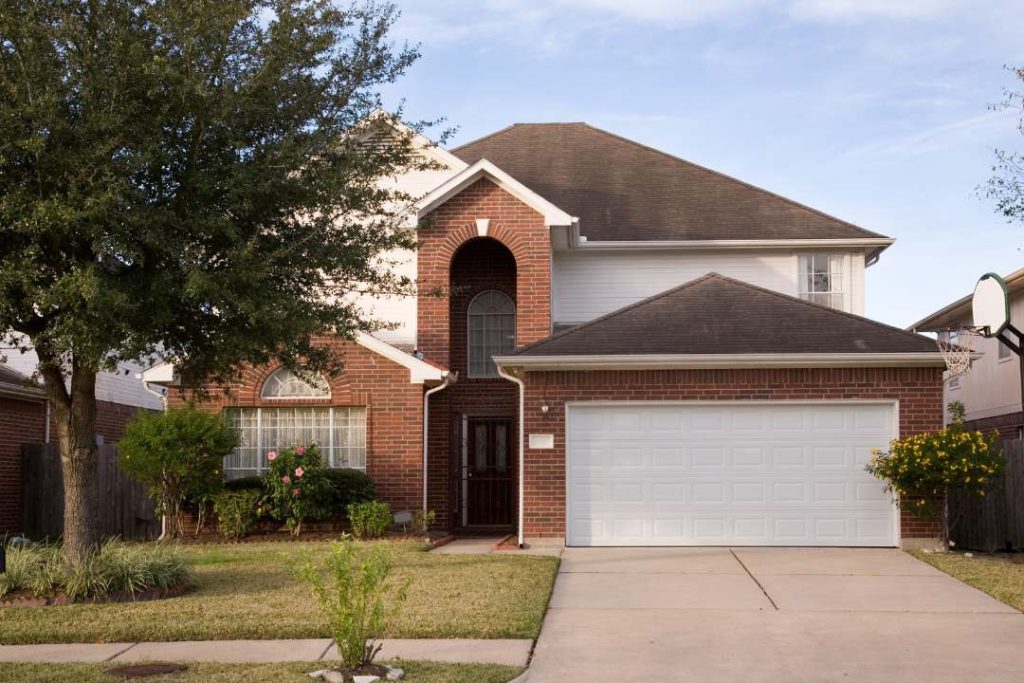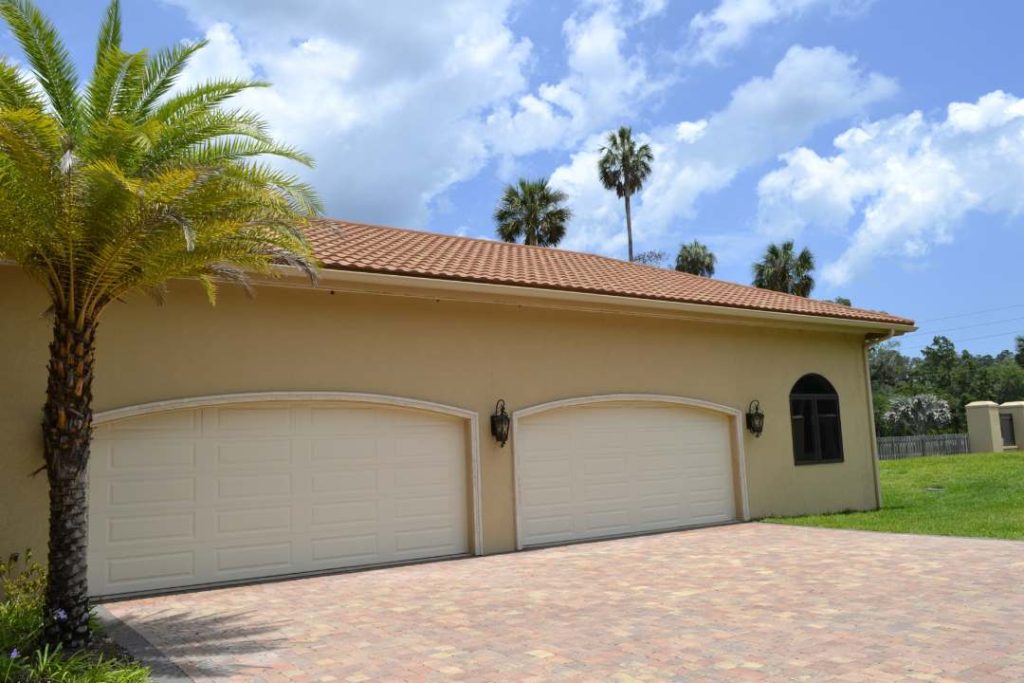
In Peoria, Arizona, where scorching summers and dry conditions dominate, maintaining energy efficiency in your home is crucial for keeping utility bills low. Weather stripping on garage doors acts as a simple yet effective barrier against extreme heat, dust, and temperature fluctuations, potentially reducing cooling costs by up to 20% annually. This guide explores how this upgrade can solve common problems faced by Peoria homeowners, offering practical solutions backed by climate-specific insights.
Peoria’s Unique Desert Climate Challenges
Peoria’s hot desert climate features extremely hot summers with average highs reaching 105°F in July, mild winters dipping to 43°F lows in January, and only about 10 inches of annual rainfall. These conditions create intense temperature swings, where daytime heat soars while nights cool rapidly, straining home insulation systems. Dust storms and the summer monsoon, bringing irregular thundershowers from July to September, exacerbate issues by allowing fine particles and moisture to infiltrate homes through unsealed gaps.
Garage doors, often the largest uninsulated entry points, become prime vulnerabilities in this environment, letting hot air infiltrate during peak cooling months and escaping conditioned air in cooler periods. Homeowners frequently report higher AC usage in summer due to these leaks, leading to elevated electricity bills that can exceed $200 monthly in Peoria households. Addressing these climate-specific problems with targeted solutions like weather stripping not only improves comfort but also combats the arid region’s low humidity and high solar exposure.
What Exactly is Weather Stripping?
Weather stripping consists of flexible materials applied around doors and windows to seal gaps, preventing air, water, and pests from entering. For garage doors, it typically includes seals along the bottom, sides, and top, made from durable rubber, vinyl, or foam that withstands Arizona’s harsh UV rays and temperature extremes. This barrier creates an airtight fit when the door closes, insulating the space without restricting operation.
In desert climates like Peoria’s, quality weather stripping must resist cracking from dry heat and expansion from monsoonal humidity, ensuring long-term performance. Unlike temporary fixes such as tape, professional-grade stripping integrates seamlessly with garage door tracks, solving issues like dust buildup inside garages that can damage vehicles and stored items. By understanding its components, Peoria residents can select options that align with local weather patterns for optimal protection.
The Problems of Unsealed Garage Doors in Arizona
Unsealed garage doors in Peoria allow hot desert air to rush in during summer, forcing air conditioners to work overtime and increasing energy consumption by 10-15%. This infiltration not only raises indoor temperatures but also introduces sand and allergens, worsening air quality and potentially causing respiratory issues for families. In winter, though milder, escaping warm air from attached garages leads to uneven heating, further inflating bills.
Pests like scorpions and insects, common in the Sonoran Desert, exploit these gaps, turning garages into entry points for infestations that require costly extermination. Structural wear accelerates too, as dust grinds against door mechanisms, shortening lifespan and necessitating premature repairs averaging $500 or more. These interconnected problems highlight why weather stripping serves as a proactive solution, directly tackling Peoria’s arid challenges to preserve home integrity.
Energy Savings Through Better Insulation
Weather stripping enhances garage door insulation by sealing leaks that account for up to 30% of a home’s energy loss in desert regions. In Peoria, where cooling demands peak from May to October, this seal keeps hot outdoor air out, allowing AC units to maintain set temperatures more efficiently and reducing runtime by hours daily. Studies show such upgrades can lower summer electricity bills by $50-100 per month for average households using 1,200 kWh.
Beyond immediate cooling relief, the insulation effect minimizes heat transfer to adjacent living spaces, stabilizing whole-home temperatures and cutting overall HVAC strain. For electric vehicle owners charging in garages, a sealed environment prevents unnecessary battery drain from ambient heat, adding indirect savings. These benefits compound in Peoria’s 299 sunny days, where solar gain amplifies unsealed vulnerabilities.
Types of Weather Stripping Suited for Peoria Garages
Rubber bottom seals excel in Arizona’s dry climate, providing flexible compression against uneven concrete floors while resisting cracking from 110°F heat. Vinyl bulb seals offer superior insulation for side tracks, expanding to fill gaps up to 1/2 inch without adhesive failure in dusty conditions. Foam tape suits temporary fixes but should be paired with U-shaped aluminum channels for durability against monsoonal winds.
For high-wind Peoria areas, reinforced PVC stripping with metal retainers ensures stability during gusts up to 50 mph, common in summer storms. Choosing EPDM rubber variants provides UV resistance, lasting 10-15 years in desert exposure compared to 5 years for standard materials. Selecting the right type solves specific issues like bottom drag or side rattles, tailoring protection to local needs.
Step-by-Step DIY Installation Guide
Start by inspecting your garage door for worn seals, removing old stripping with a flathead screwdriver and cleaning surfaces with soapy water to remove residue. Measure the door perimeter accurately—bottom seals typically match door width, while sides require height plus overlap—using a tape measure for precise cuts with utility shears.
Apply adhesive-backed rubber seals to the bottom by peeling the backing and pressing firmly into the door’s channel, ensuring even contact to avoid bubbles. For sides, nail or screw vinyl strips into the frame every 6 inches, starting from the top and working down to maintain tension. Test the door’s operation multiple times, adjusting for smooth closure without binding, which could indicate improper sizing. In Peoria’s climate, apply during cooler months to prevent adhesive weakening from heat.
When to Opt for Professional Installation
While DIY works for minor updates, professionals handle complex alignments in Peoria’s uneven desert terrain, ensuring seals integrate with existing tracks without voiding warranties. Experts use tools like laser levels for perfect fits, preventing issues like premature wear from improper tension that plagues amateur installs. In high-end homes, they incorporate custom insulation panels alongside stripping for enhanced R-value, boosting savings beyond basic seals.
Hiring certified technicians complies with local building codes, avoiding fines for subpar work during Peoria’s frequent inspections. The upfront cost of $200-500 yields quick ROI through verified energy audits showing 15-25% efficiency gains. This approach solves reliability concerns, especially for older doors exposed to decades of Arizona sun.
Calculating Long-Term Cost Savings
Installing weather stripping costs $50-300 for materials in a standard Peoria garage, with labor adding $150-400 if professional. In Arizona’s climate, this investment recoups within 1-2 years via reduced energy use—expect $300-600 annual savings on cooling alone, based on APS rates of 13 cents per kWh. Over 10 years, total savings could exceed $4,000, factoring in less frequent door repairs from protected mechanisms.
Use this simple formula for your home: Annual Savings = (Current Bill × Leak Percentage) × Efficiency Gain, where leaks are 20-30% unsealed. For a $1,800 yearly bill, that’s $360-540 saved post-install. These figures align with DOE estimates for desert zones, emphasizing ROI in low-precipitation areas like Peoria.
Maintenance Tips for Lasting Performance
Inspect seals quarterly, especially post-monsoon, cleaning dust with a soft brush to prevent abrasion in Peoria’s sandy winds. Lubricate contact points with silicone spray annually to avoid sticking in dry heat, extending seal life by 50%. Replace bottom seals every 5-7 years or upon cracking, as desert UV accelerates degradation.
Monitor for gaps by sliding a dollar bill under the closed door—if it pulls out easily, readjust or reseal immediately to maintain efficiency. In attached garages, combine with attic insulation for compounded benefits, reducing whole-home energy loss. Consistent upkeep ensures ongoing savings and problem prevention in Arizona’s demanding climate.
Weather stripping garage doors in Peoria isn’t just maintenance—it’s a smart financial move against desert extremes, delivering comfort and savings year-round. For expert installation tailored to your home, contact High Grade Garage Doors at (602) 837-1888. Their team specializes in durable, climate-resistant solutions to optimize your garage’s performance


